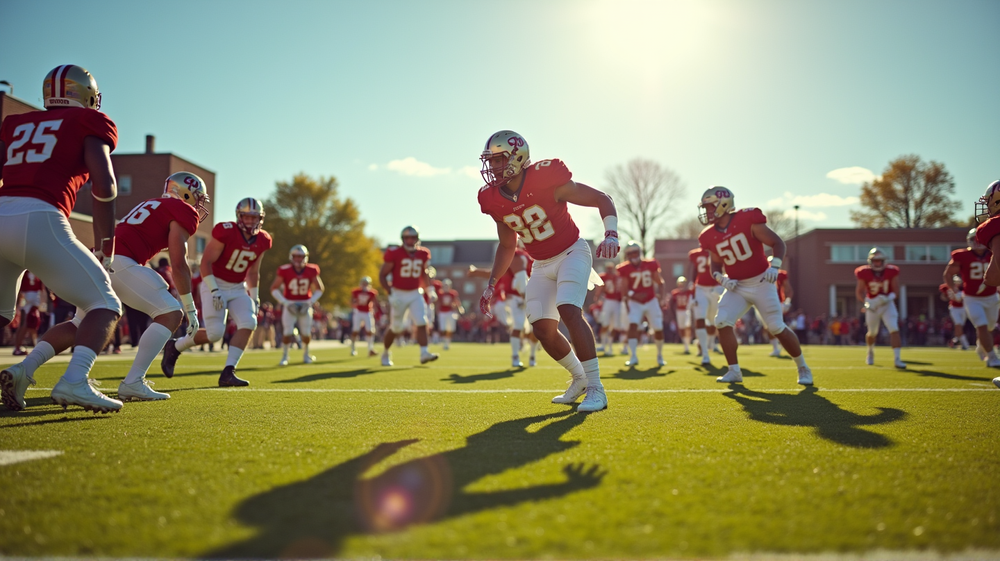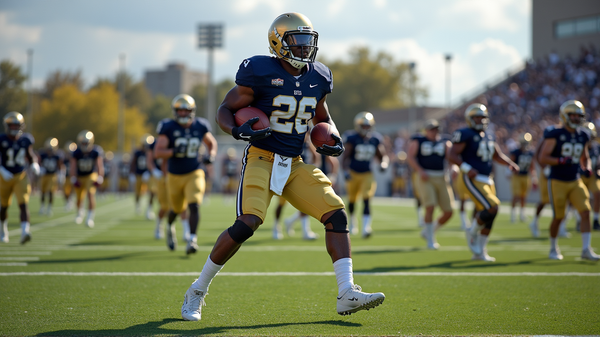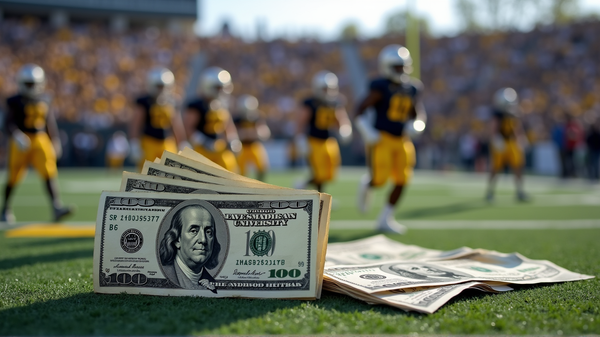Is Football the Magic Key to College Enrollment? Unpacking the Trend
On a sweltering morning in Salem, Virginia, the energy at Roanoke College is palpable as their athletic field buzzes with newfound excitement. For the first time since 1942, varsity football is a reality again on this picturesque campus. But will this be the game-changer Roanoke desperately hopes for?
A Strategic Move?
Roanoke College’s decision to reintroduce football is hardly singular. In recent times, approximately a dozen schools have chosen this path, banking on the idea that sports can draw more male students. Frank Shushok Jr., Roanoke’s President, is confident that the spirit of football could revitalize the campus. Like many other small colleges, Roanoke faces declining student numbers and is eager to explore any avenue that promises a boost.
“Adding sports strategically is helping the college maintain its enrollment base,” Shushok asserts, reflecting the sentiments of many educators across the nation. The college hopes the excitement surrounding sports will foster school pride and coax more young men to enroll, especially when men are statistically underrepresented in college populations.
Promises and Pitfalls
Despite these high hopes, various studies, including one from the University of Georgia, offer a sobering perspective. The surge in male enrollment often proves to be fleeting, peaking momentarily before tapering off. As Welch Suggs, an associate professor leading the Georgia study, explains, this initial spike might attract new students, but the allure fades, leaving enrollment rates indistinguishable from peers without football.
Shushok, however, remains unfazed. Beyond mere numbers, he envisions a “livelier campus” and anticipates the ancillary benefits of football—marching bands, cheerleading squads, and an invigorated campus culture. To illustrate, on September 6, the Roanoke Maroons clinched their first victory amidst cheers and celebrations—an auspicious start that infused community pride.
The Larger Educational Context
Adding football is not only about sparking excitement. Many institutions also seek ways to accommodate and captivate today’s students, offering them a sense of belonging. Shushok, who joined Roanoke after his tenure at Virginia Tech, emphasizes the value of school spirit in shaping students’ experiences and futures. At Roanoke, football might just serve as the conduit for broader institutional goals.
Not all players were drawn solely by the allure of football. The dedication of the college staff and the promise of personal academic attention resonate deeply with students like KJ Bratton and Jaden Davis, who commend Roanoke for its engaged professors and supportive environment—vital aspects often overshadowed by the glamour of sports.
Future Prospects and Challenges
As colleges like Roanoke and Calvin University in Michigan look beyond sports for expanding their academic and social appeal, challenges remain. Football might not continue to attract vast numbers of students, but it can be a crucial piece in a larger strategy to increase enrollment and create vibrant campus life.
The broader question begs answering: will this trend of revamping athletics influence long-term college demographics? Or is it just a temporary fever that will cool off soon? College administrations seem willing to take the punt, hopeful that beneath every helmet and jersey lies the potential for something greater. Only time—and further research—will reveal if they gambled wisely.
In a world where colleges compete fiercely for every application, the influence of sports, particularly football, remains an evolving narrative, a testament to the enduring quest for innovation in education and community cohesion.




